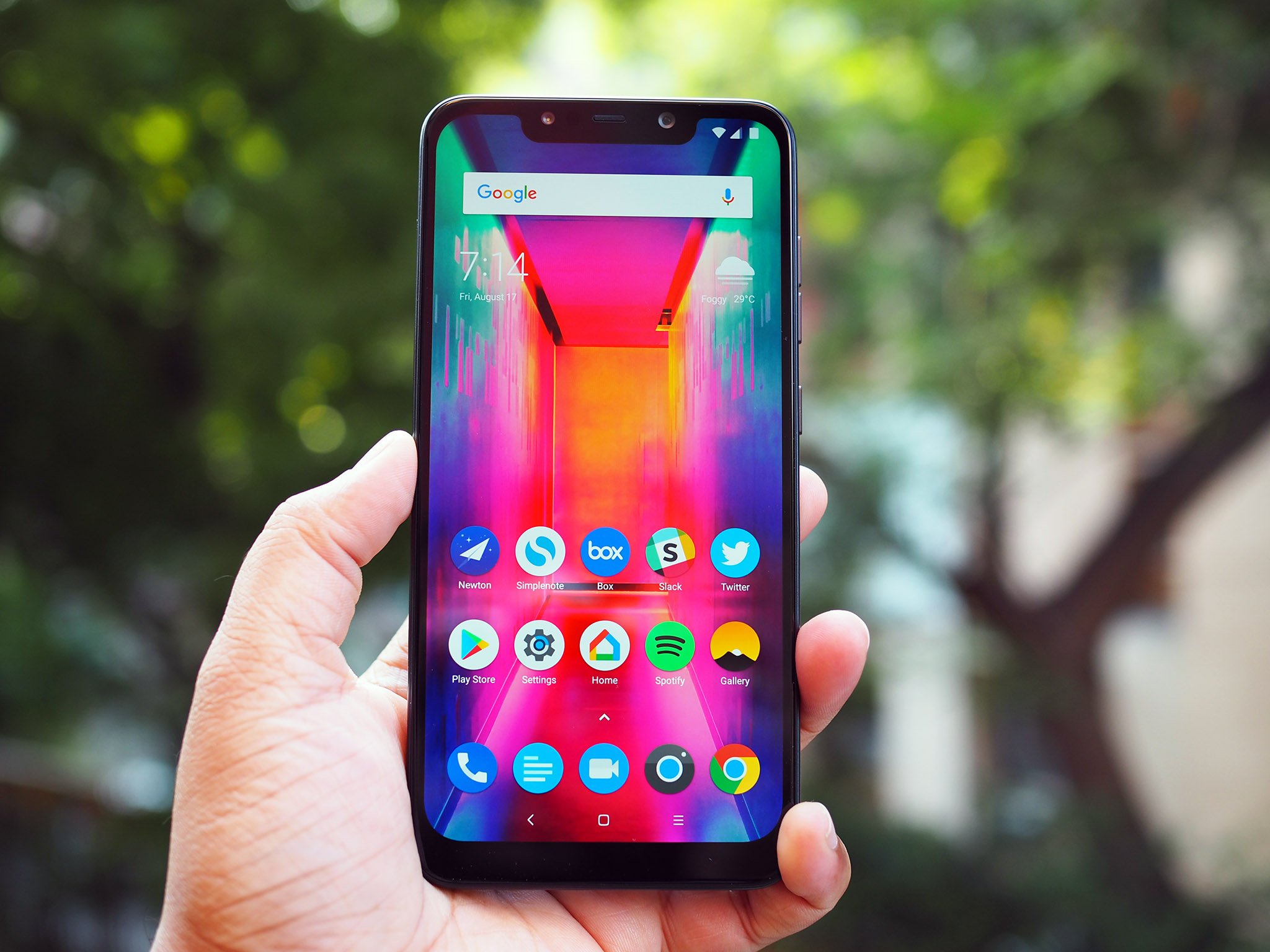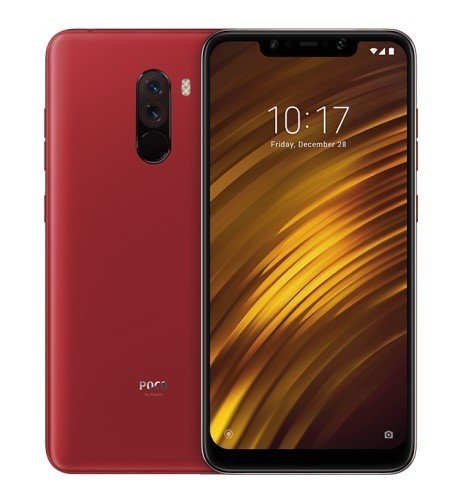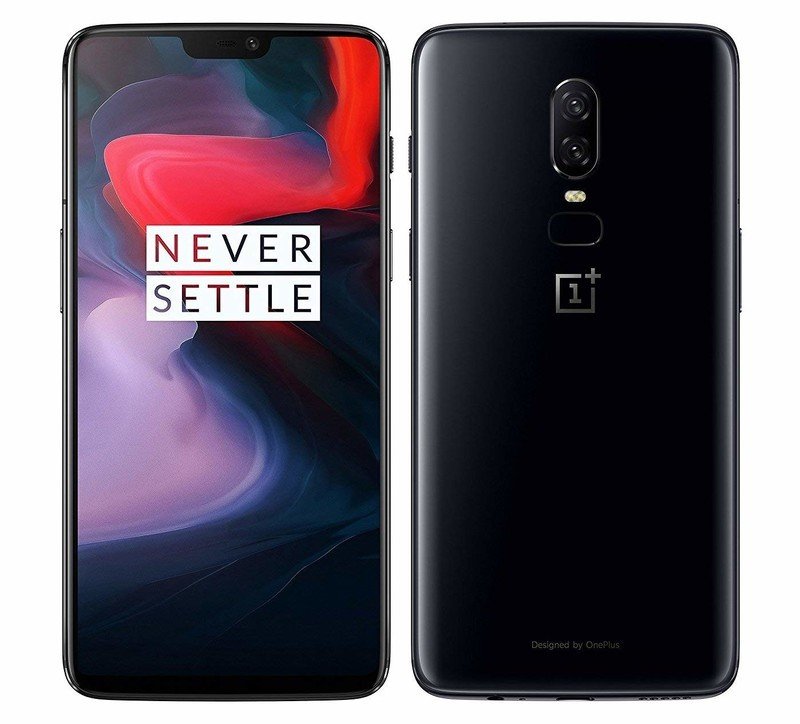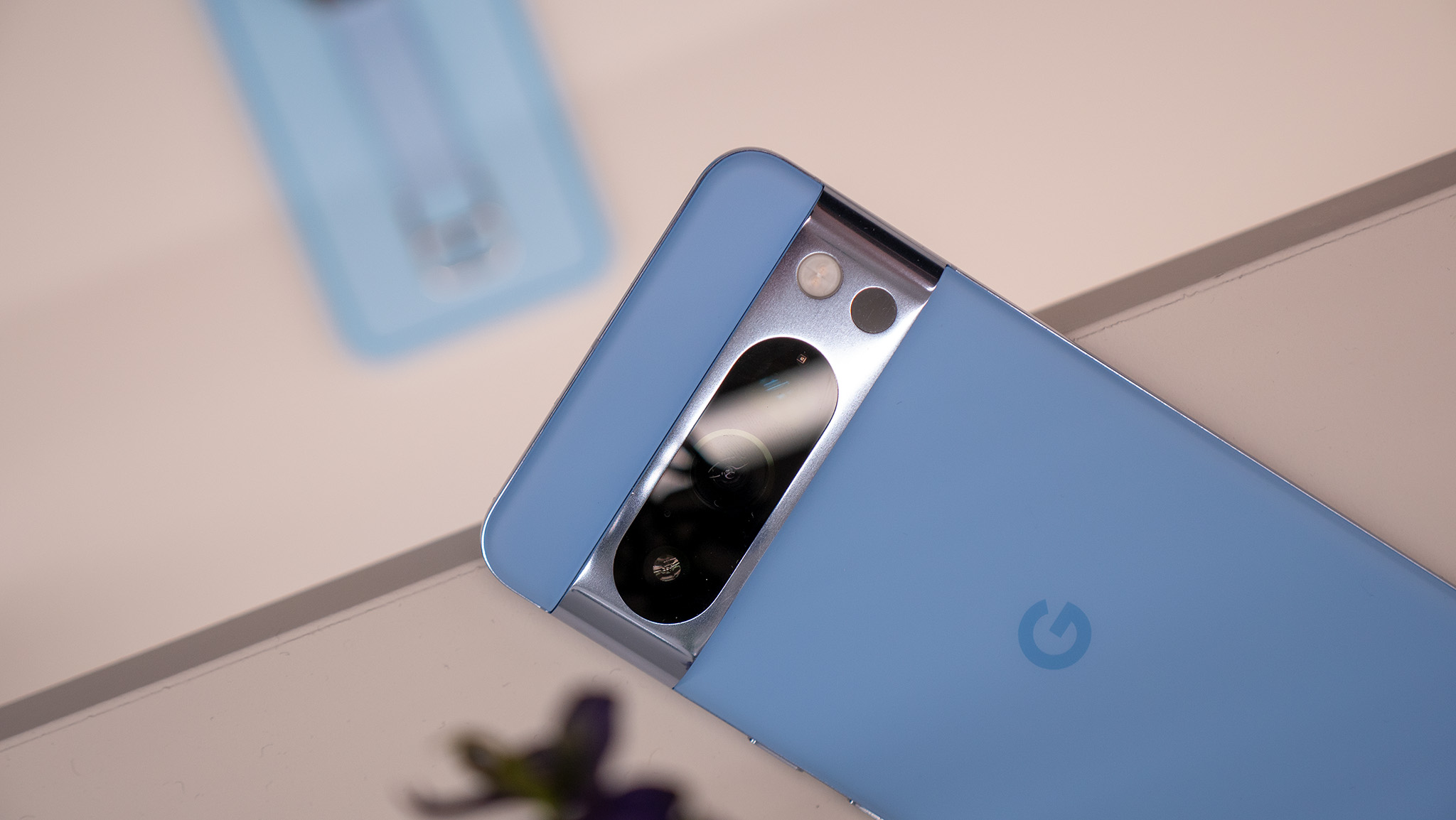POCO F1 vs. OnePlus 6: Which should you buy?

POCO F1

There isn't a phone in the market today that can hold up to the POCO F1 when it comes to value. By offering a Snapdragon 845-powered phone for just $300, POCO has made every player in the smartphone industry stand up and take notice.
POCO F1
Our pick
OnePlus 6

The OnePlus 6 continues to be a great choice in the $500 segment, but it does end up looking expensive next to the POCO F1. OnePlus has steadily hiked the price of its phones over the last four years, and while the $529 figure is still around half what you pay for a Note 9, there are plenty of phones in this segment that offer a similar package.
OnePlus 6
Still great
When we're talking about phones in this segment, we primarily focus on value. And right now, no device does that better than the POCO F1. The F1 fundamentally changes how we view phones in this category, and sets a new standard for affordable flagships.
POCO F1 redefines value in this category
In a lot of ways, the POCO F1 is like the OnePlus One. When OnePlus launched its first phone back in 2014, it took the industry by storm thanks to a combination of robust hardware and low price.
POCO is following the same formula with the F1. The phone has a basic polycarbonate chassis and a decent display, but that sets it apart is the fact that it costs just $300 and is powered by the Snapdragon 845 and has LPDDR4X RAM and UFS 2.1 storage as standard.
| Header Cell - Column 0 | POCO F1 | OnePlus 6 |
|---|---|---|
| Operating system | Android 8.1 Oreo MIUI for POCO | Android 8.1 Oreo OxygenOS 5.1.11 |
| Display | 6.18-inch IPS LCD, 2248x1080 (19:9) Gorilla Glass 3 | 6-inch Optic AMOLED, 2160x1080 (18:9) Gorilla Glass 5 |
| Chipset | Octa-core Qualcomm Snapdragon 845 4x2.80GHz Kryo 385 + 4x1.70 Kryo 385 | Octa-core Qualcomm Snapdragon 845 4x2.80GHz Kryo 385 + 4x1.70 Kryo 385 |
| GPU | Adreno 630 | Adreno 630 |
| RAM | 6GB/8GB LPDDR4X | 6/8GB LPDDR4X |
| Storage | 64GB/128GB/256GB (UFS 2.1) | 64GB/128GB/256GB (UFS 2.1) |
| Rear camera 1 | 12MP, 1.4μm, f/1.9 Dual PDAF | 16MP, 1.22μm, f/1.7 OIS, EIS Dual LED flash 4K@60FPS, 720p@480FPS |
| Rear camera 2 | 5MP, 1.12μm, f/2.0 | 20MP, 1.0μm, ƒ/1.7 |
| Front camera | 20MP, 0.9μm, f/2.0 | 16MP, 1.0μm, ƒ/2.0 |
| Battery | 4000mAh | 3300mAh |
| Charging | USB-C Quick Charge 3.0 | USB-C Dash Charge (5V 4A) |
| Water resistance | No | Splash resistant (no IP rating) |
| Security | Fingerprint sensor Face unlock | Fingerprint sensor Face unlock |
| Dimensions | 155.5 x 75.3 x 8.8mm 180g | 155.7 x 75.4 x 7.8mm 177g |
| Variants | Black, Blue, Red, Kevlar | Mirror Black, Midnight Black, Silk White, Amber Red |
The hardware on offer has allowed POCO to stand out in an increasingly crowded market, and take the fight to established players like OnePlus. The POCO F1 is by no means as refined as the OnePlus 6, nor does it have as many features. The lack of NFC in particular makes the F1 a dealbreaker in many Western markets, but there's no arguing that it offers the best value in the handset space today.
The POCO F1 isn't as refined as the OnePlus 6, but it doesn't need to be.
Where the F1 truly excels is at battery life. With a 4000mAh battery under the hood, the phone delivers two days' worth of usage consistently. Xiaomi has led the way in this category for some time now, and the F1 continues that tradition. If you're in the market for a flagship that offers two-day battery life, look no further.
Get the latest news from Android Central, your trusted companion in the world of Android
Nothing comes close at $300
By undercutting the OnePlus 6 by over $200, POCO has managed to offer a phone that breaks new ground when it comes to value. The phone will be making its debut in the UK and other Western markets over the course of 2018, but it will not be heading to the U.S. That's a shame, because the F1 is the best example yet that you don't need to shell out over $300 to get a flagship-tier phone.

Harish Jonnalagadda is Android Central's Senior Editor overseeing mobile coverage. In his current role, he leads the site's coverage of Chinese phone brands, networking products, and AV gear. He has been testing phones for over a decade, and has extensive experience in mobile hardware and the global semiconductor industry. Contact him on Twitter at @chunkynerd.
